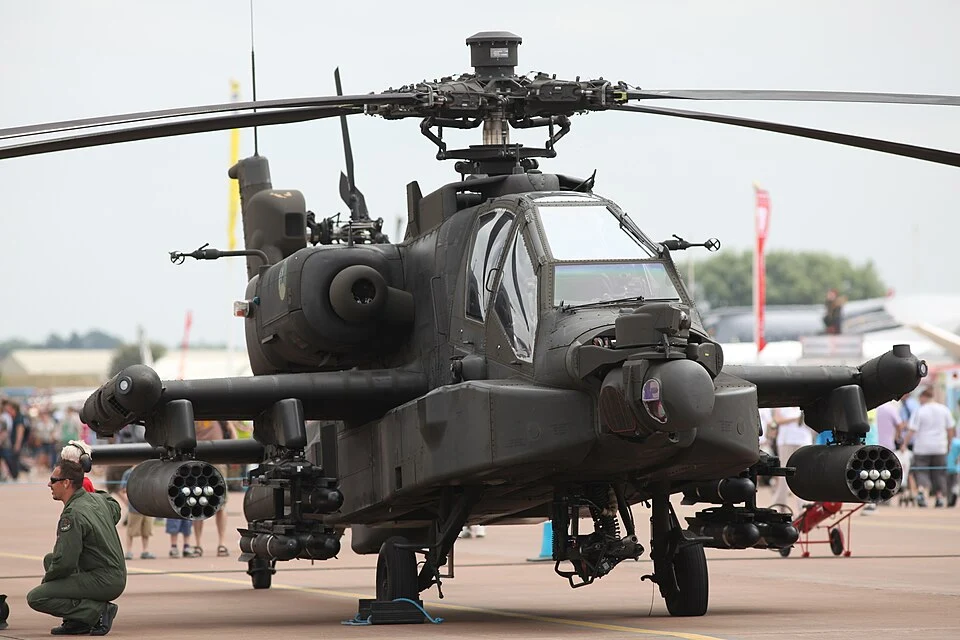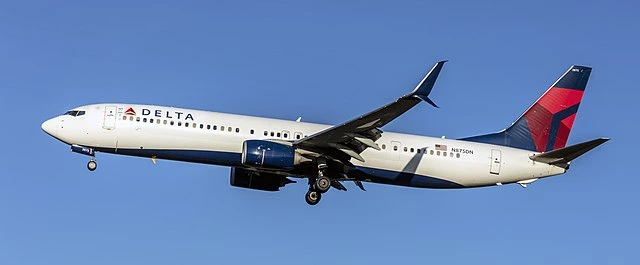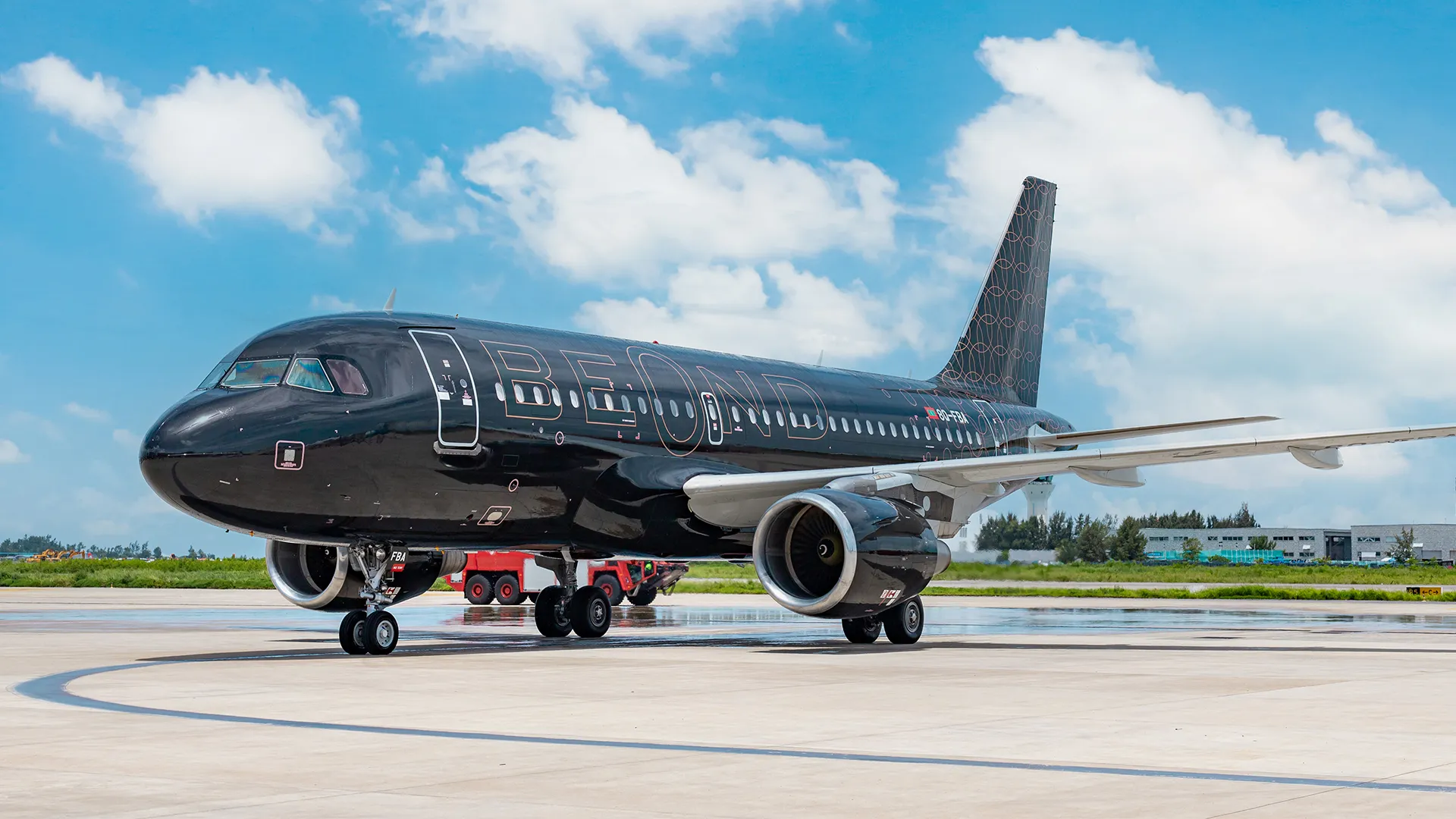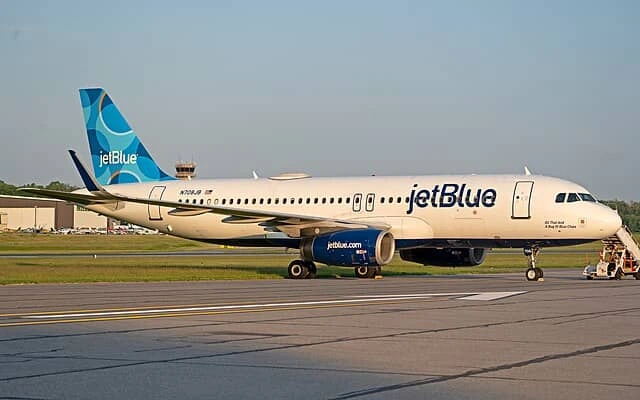Southwest Airlines Leads the Way with Secondary Cockpit Barriers
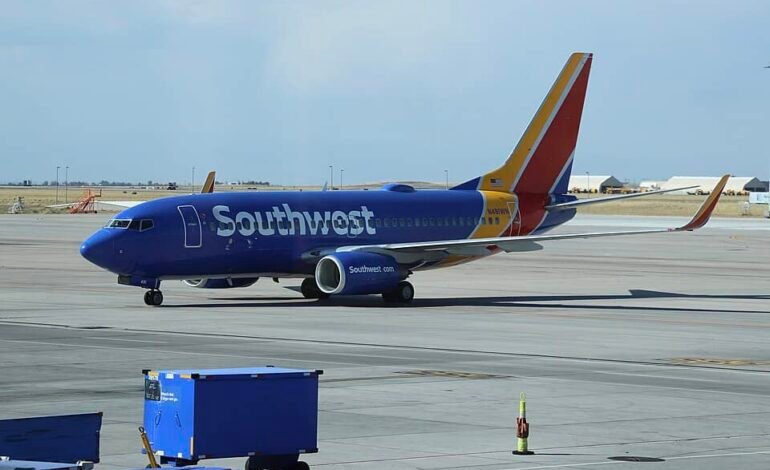
In a significant step forward for aviation security, Southwest Airlines has become the first U.S. carrier to deploy Installed Physical Secondary Barriers (IPSBs) on its fleet of newly delivered Boeing 737 MAX aircraft. These barriers provide an extra layer of cockpit protection, addressing long-standing concerns about pilot safety during in-flight operations.
What Are IPSBs?
The new safety feature, known as an Installed Physical Secondary Barrier (IPSB), is positioned between the forward galley and the main reinforced cockpit door.
Southwest’s IPSB is a bi-fold design, deployed whenever the cockpit door is opened. This creates a restricted area that prevents unauthorized access. While Southwest uses this model, other approved designs exist — including versions that form a sealed “airlock” between the cockpit and lavatory.
Legislative Background and FAA Mandate
The idea of requiring secondary cockpit barriers first surfaced after the 9/11 terrorist attacks, but airlines resisted voluntary adoption, citing cost and logistical challenges.
Momentum shifted in 2018, when the FAA Authorization Act mandated that all newly built commercial aircraft for U.S. carriers include IPSBs. However, implementation stalled for years.
In 2023, the FAA issued the final rule requiring IPSBs on all new aircraft within two years. Industry lobbying efforts delayed enforcement, and the FAA extended the compliance deadline to July 2026, citing training and certification delays.
Why Southwest Airlines Is Different
Most U.S. carriers plan to wait until the 2026 deadline before deploying IPSBs, pointing to the FAA’s training material backlog and certification bottlenecks.
Southwest, however, chose not to wait. By immediately deploying barriers on newly delivered jets, the airline has demonstrated a proactive stance on aviation safety.
By the end of 2026, Southwest expects delivery of 25 new aircraft with IPSBs, accounting for only 3% of its total fleet. This means most aircraft will not feature the barriers until older planes are phased out, but the early adoption marks a symbolic step in prioritizing passenger and crew security.
Industry and Union Reactions
Despite FAA approval of various IPSB designs, aviation unions remain frustrated with the delayed industry-wide rollout. The Air Line Pilots Association (ALPA) strongly criticized the FAA’s extension, warning that deferring full deployment undermines cockpit security and exposes crews to unnecessary risk.
On the other side, Airlines for America (A4A) — the main industry lobbying group — initially pushed for a 24-month delay. The FAA, however, limited the extension to 12 months, balancing industry concerns with security needs.
Southwest’s decision to move ahead of schedule places pressure on other carriers, highlighting a divide between airlines prioritizing cost efficiency and those acting on security urgency.
Conclusion
Southwest Airlines has set itself apart as the first U.S. airline to deploy IPSBs in service on newly delivered Boeing 737 MAX aircraft.
While most carriers will wait until 2026, Southwest has demonstrated a stronger commitment to proactive cockpit security through immediate deployment. Though only a fraction of its fleet will feature barriers in the near term, the move establishes a precedent for prioritizing safety ahead of deadlines.
For continued coverage of aviation safety and industry developments, stay connected with us and follow our social media channels.





